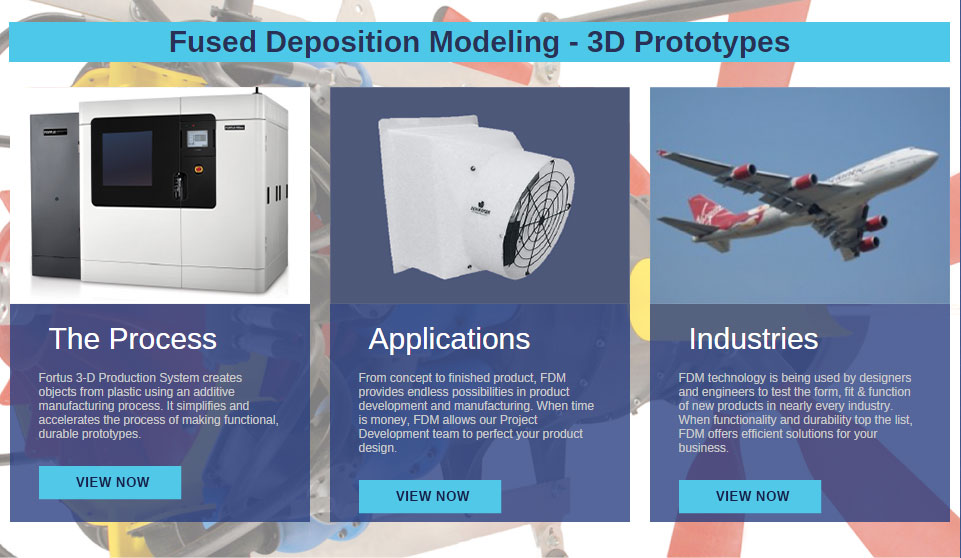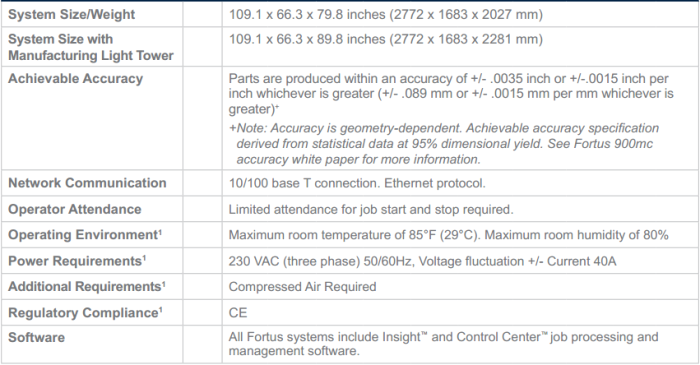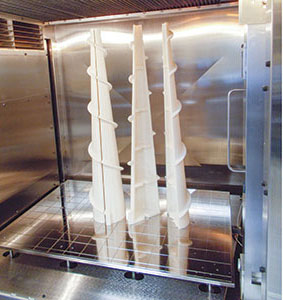Back in 1992 Lichfield Minnesota-based GVL Poly introduced metal-to-plastic conversion of poly snouts when a local farmer, the company’s founder, made the decision to increase the width of high crop rows. His experimentation with rotational molded polyethylene resulted in an innovative prototype tested on his farm. From then on GVL Poly has continued metal-to-plastic conversion of poly snouts producing functional, innovative products. In 2012 rotational molding manufacturer GVL Poly purchased a pro-grade 3D printer to produce high-grade custom plastic parts for their agricultural customers leading to the establishment of the GVL Proto Poly division.

Using a Stratasys Fortus 900mc Production System with a 36 x 24 x 36 inch (914 x 610 x 914 mm) build area and eleven different material options, GVL Proto Poly produces a wide range of solutions for the farmers who use their services. For GVL Poly, the production of plastic parts that were previously produced in metal lowers production costs, outputs a lighter part weight, eliminates the need for machining, and increases durability in the face of corrosion: The company then passes these features and benefits on to their original equipment manufacturers clientèle and custom part customers.

Whilst the majority (65%) of GVL’s business is grounded in the production of parts for OEM’s, such as John Deere, Case International and AGCO, some thirty-five per cent of their revenue comes from individual farmers with a requirement for original and custom made parts. Many of the custom parts are designed and printed for individual farmers – of these in turn many custom solutions are pertinent for other agricultural customers: “If one farmer comes in looking for a solution, he’s not the only one with the problem. So if a guy has an idea to modify a piece of equipment, he can come sit down with us and we’re all ears…” President and CEO Allan Crone told Progressive Forage.

While an industrial additive manufacturing machine is yet to be cheap enough to become a cost-effective investment for the majority of individual farmers, Cronen believes it will eventually becoming affordable for many. The next barrier for original parts production on the farm being the required experience with computer aided design software. But for agricultural equipment manufacturer GVL, 3D printing has enabled them to introduce new products and services – 3D design; reverse engineering; rapid prototyping; product development; mold fabrication; product testing and quality control – in just nine months. Annual sales rose from $3 million in fiscal year 2012 to $5 million in 2013.
“It’s changing the way we do business,” said an enthusiastic Cronen: “3D printing is endless. Whatever you can draft and design on a 3D drafting program or 3D CAD, you can print; it’s just that simple.”

Leave A Comment